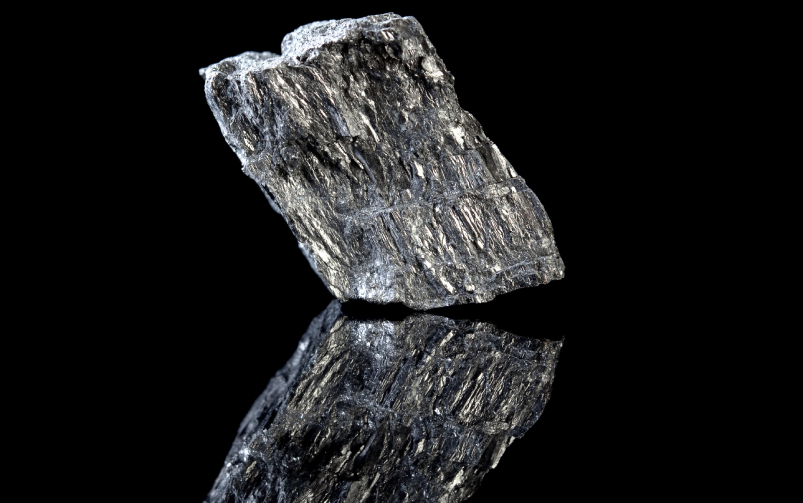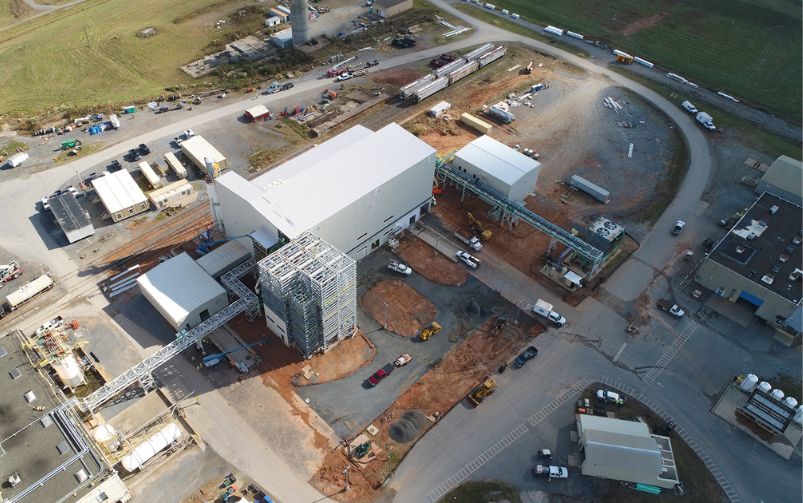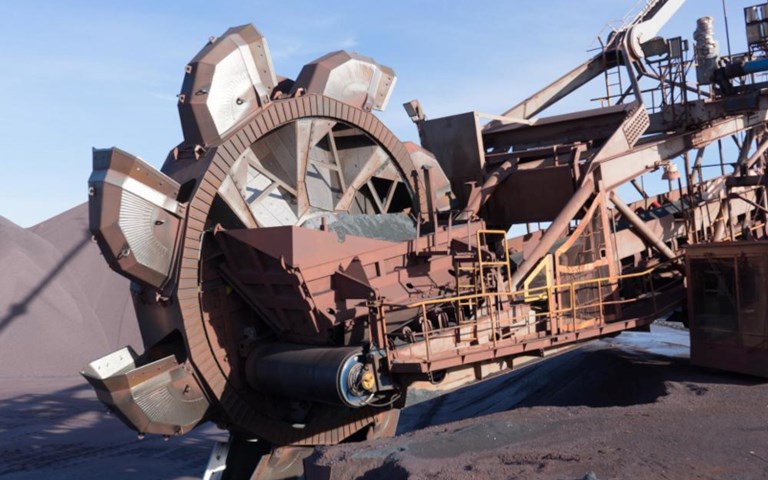With China reopening after Zero-Covid, iron demand is expected to rise in 2023. Courtesy of Iron Ore Company of Canada
Last year saw several base metals perform well, even amidst the ongoing Russian war against Ukraine, the decarbonization shift, China closing its borders and the continued impact of COVID-19. Theo Yameogo, EY Americas, and Canada mining and metals leader, spoke to CIM Magazine about five different metals, looking at how they have performed recently and what we can expect from them during 2023.
Gold
In 2022 the demand for gold continued to grow, with a 67 per cent increase in demand for jewelry and a 31 per cent increase for bars and coins. Due to raised costs of mining operations amidst the last two years, coupled with geopolitical tensions, several expansions of Canadian gold projects suffered delays. EY forecasts 2023 to be the year when these stalled expansions begin to progress.
As mining companies continue to meet their ESG targets, sustainability is expected to be at the forefront of many gold operations. According to EY, Canada witnessed the biggest increase in gold exploration budgets, reaching up to 85 per cent year-over-year to US$1.5 billion. As the shift to decarbonize the economy continues to gain momentum, 2023 will likely see gold producers applying more eco-efficient measures to their operations.
Yameogo sees three possible outcomes for gold in 2023: “If we have a recession, which is what many are predicting, then many will likely turn to gold. Some bank analysts predict it could go up to US$4,000 [an ounce], but more conservative analysts are thinking more like US$2,000.” Yameogo believes it is important to note that when the U.S. currency plummets, the price of gold increases. As of now, the U.S. dollar is strong.
A second scenario for gold would see a milder recession than expected, which would allow gold prices to stabilize. Finally, the third scenario for gold would consist of “not reaching a recession at all,” which could result in lowered prices.
Silver
There was a sharp spike in the demand for silver in 2021 where it reached 1.05 billion ounces, triggering a deficit in the silver market. This remains the highest level since 2015. This increase in demand can be attributed to more eco-friendly initiatives that are powering the economy.
Related: While gold continues to shine, explorers are drawn to new frontiers and the potential for battery metals
“The impact of the energy crisis, the higher cost of operations and geopolitical uncertainty around operations will likely be offset by high cash at disposal, driving capital allocation strategies,” explained Alfredo Alvarez Laparte, energy lead partner at EY Latin America North.
Copper
Despite copper’s indisputable importance in the decarbonization shift, the last decade has seen the metal receive less investment from mining companies.
“For copper (and iron as well) the key anchor is China. You can see that during Chinese Lunar New Year, there was a reopening of the border in China, so there are people expecting that China’s economy will get back into full swing,” explained Yameogo. If and when this happens, Yameogo noted that China will require a lot of iron and copper.
According to Yameogo, there are not any forecasted new mining projects dedicated to mining copper beginning production in 2023 that can be expected to boost supply. Meanwhile, the demand for copper is increasing due to the electrification of vehicles.
Nickel
Among other base metals, nickel performed notably well this past year, increasing by 29 per cent since the start of 2022. However, some expect the demand for the metal to decrease in 2023 due to the looming recession that certain economies will confront.
Yameogo notes that nickel is up in value yearly, especially with one of its biggest uses going towards stainless steel production.
“We’re also taking nickel, making it higher purity, and using it for NFC batteries. So, nickel is expected to remain hot in 2023.”
Iron
As previously mentioned, due to China finally reopening is borders, iron will be one of the most sought-out metals by the country. “China will need a lot of iron,” said Yameogo. “Iron is already up anyway, but it is expected to continue to increase because there is now a large consumer of it that is coming into the market.”
Like copper, there seems to be no planned major new disruptive mining projects producing iron in 2023.




